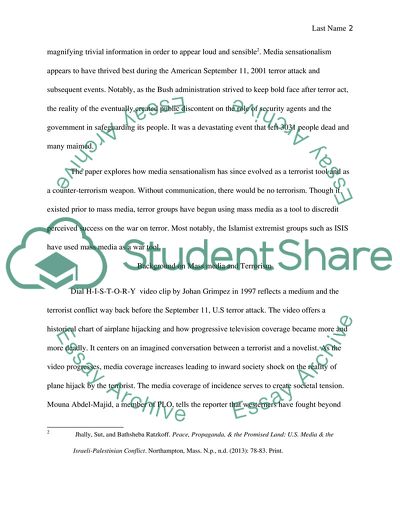Cite this document
(“Media Sensationalism Research Paper Example | Topics and Well Written Essays - 2500 words”, n.d.)
Retrieved from https://studentshare.org/anthropology/1663733-media-sensationalism
Retrieved from https://studentshare.org/anthropology/1663733-media-sensationalism
(Media Sensationalism Research Paper Example | Topics and Well Written Essays - 2500 Words)
https://studentshare.org/anthropology/1663733-media-sensationalism.
https://studentshare.org/anthropology/1663733-media-sensationalism.
“Media Sensationalism Research Paper Example | Topics and Well Written Essays - 2500 Words”, n.d. https://studentshare.org/anthropology/1663733-media-sensationalism.


